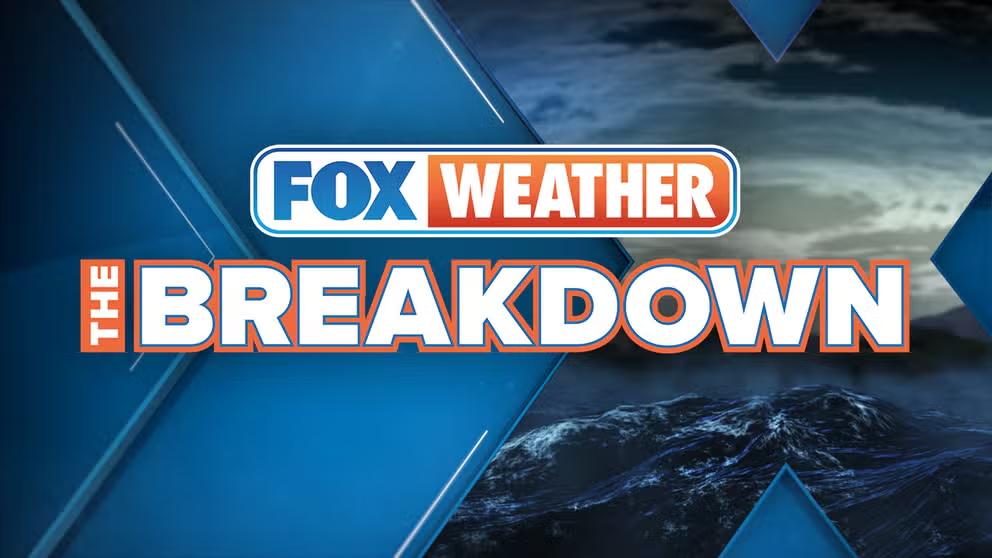What’s the difference between a tropical depression, tropical storm and hurricane?
They all form in the tropics, but there's a distinct difference between each type of storm.
What's the difference between a Tropical Depression, Tropical Storm, and Hurricane?
Tropical Depressions, Tropical Storms, and Hurricanes all have different characteristics that are compared and contrasted in this video
Not all systems in the tropics are created equal. Every hurricane season, which officially runs from June 1 to Nov. 30 in the Atlantic Basin, a number of tropical depressions, tropical storms and hurricanes form. And there is a distinct difference between each type, like their surface and wind speed.
7 FACTS TO KNOW ABOUT HURRICANES
First off, any tropical depression, tropical storm or hurricane can be referred to as a tropical cyclone. In order to be classified as such, the system must have well-organized thunderstorms that rotate around a closed low-level center of circulation. Additionally, a tropical cyclone must derive its energy from the warm tropical ocean waters – otherwise known as a "warm-core" low.

This GOES-East satellite imagery shows Hurricane Michael making landfall Oct. 10, 2018, at 1:30 p.m. Eastern time.
(NOAA/NESDIS)
Sometimes a nor’easter that brings strong winds and heavy rain or snow to the East Coast might resemble the structure of a hurricane, but these are "cold-core" lows with an associated pool of cold air near their center and do not originate in the tropics.
WHAT MAKES A STORM A NOR'EASTER?
Now that we understand tropical cyclones, we can define the different types of cyclones that we see in the Atlantic.

These are the sustained wind speeds that classify a tropical depression, tropical storm and hurricane.
(FOX Weather)
What is a Tropical Depression?
A tropical depression is a tropical cyclone that has maximum sustained winds below 39 mph. Once a tropical depression forms, the National Hurricane Center gives it a number based on its order of formation in the hurricane season (Tropical Depression One, Two, Three, etc.).
What is a Tropical Storm?
A tropical storm is a tropical cyclone that has maximum sustained winds from 39 to 73 mph – an upgrade from a tropical depression.
The NHC assigns names to tropical storms using the official name list for that season developed by the World Meteorological Organization. The tropical storm name lists rotate every six years, unless a particular storm is so destructive and/or deadly that the WMO votes to retire that name from future use, like Harvey (2017), Katrina (2005), Michael (2018) or Sandy (2012).
THE BEASTS OF THE ATLANTIC: 94 HURRICANE OR TROPICAL STORM NAMES
What is a Hurricane?
Once a tropical storm’s winds reach 74 mph, it is called a hurricane and maintains the same name it had when it was a tropical storm.
If a hurricane’s winds reach at least 111 mph, Category 3 or higher on the Saffir-Simpson Hurricane Wind Scale, it becomes a "major" hurricane.
However, that does not imply Category 1 or 2 hurricanes, or even tropical storms or tropical depressions, can’t also have major impacts from rainfall flooding, storm-surge flooding, strong winds or tornadoes.
